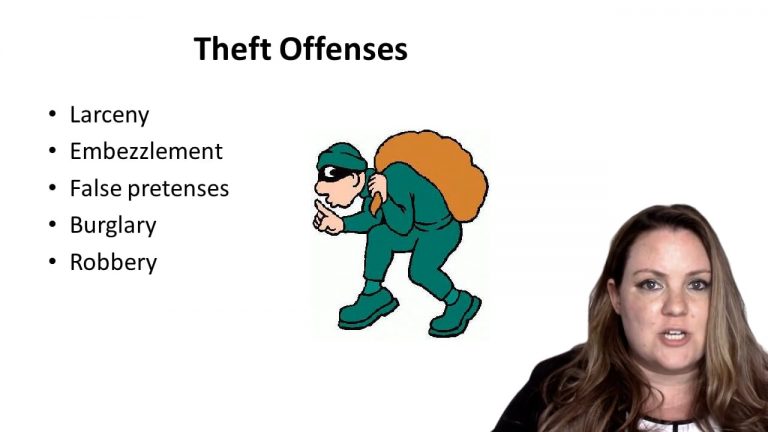SmartBrief
Confirm favorite deletion?
Criminal Law Keyed to Kaplan
People v. Dioguardi
Citation:
8 N.Y.2d 260, 203 N.Y.S.2d 870 (1960)Facts
The Kerin family, led by Anthony Kerin, Sr., owned two nonunion corporations (collectively “the Kerin companies”). The Kerin companies’ businesses were jeopardized by a picket line that blocked their shipping entrance. Alarmed by the economic threat the picket line posed, Kerin, Sr. was convinced by John McNamara to enter into a “package deal” to eliminate the threat. McNamara’s deal included three components: (1) that Kerin, Sr. join his union, (2) that the Kerin companies pay Equitable Research Associates (“Equitable”) to defray the “out-of-pocket” expenses incurred by the unions in organizing the companies, and (3) that the Kerin companies retain Equitable as a labor consultant. Kerin, Sr. agreed and the Kerin companies ended up paying $4,700 to Equitable. Dioguardi (defendant), the sole officer of Equitable, was later charged with extortion.
Only StudyBuddy Pro offers the complete Case Brief Anatomy*
Access the most important case brief elements for optimal case understanding.
*Case Brief Anatomy includes: Brief Prologue, Complete Case Brief, Brief Epilogue
- The Brief Prologue provides necessary case brief introductory information and includes:
Topic:
Identifies the topic of law and where this case fits within your course outline.Parties:
Identifies the cast of characters involved in the case.Procedural Posture & History:
Shares the case history with how lower courts have ruled on the matter.Case Key Terms, Acts, Doctrines, etc.:
A case specific Legal Term Dictionary.Case Doctrines, Acts, Statutes, Amendments and Treatises:
Identifies and Defines Legal Authority used in this case.
- The Case Brief is the complete case summarized and authored in the traditional Law School I.R.A.C. format. The Pro case brief includes:
Brief Facts:
A Synopsis of the Facts of the case.Rule of Law:
Identifies the Legal Principle the Court used in deciding the case.Facts:
What are the factual circumstances that gave rise to the civil or criminal case? What is the relationship of the Parties that are involved in the case.Issue(s):
Lists the Questions of Law that are raised by the Facts of the case.Holding:
Shares the Court's answer to the legal questions raised in the issue.Concurring / Dissenting Opinions:
Includes valuable concurring or dissenting opinions and their key points.Reasoning and Analysis:
Identifies the chain of argument(s) which led the judges to rule as they did.
- The Brief Prologue closes the case brief with important forward-looking discussion and includes:
Policy:
Identifies the Policy if any that has been established by the case.Court Direction:
Shares where the Court went from here for this case.

 9m 29s
9m 29s